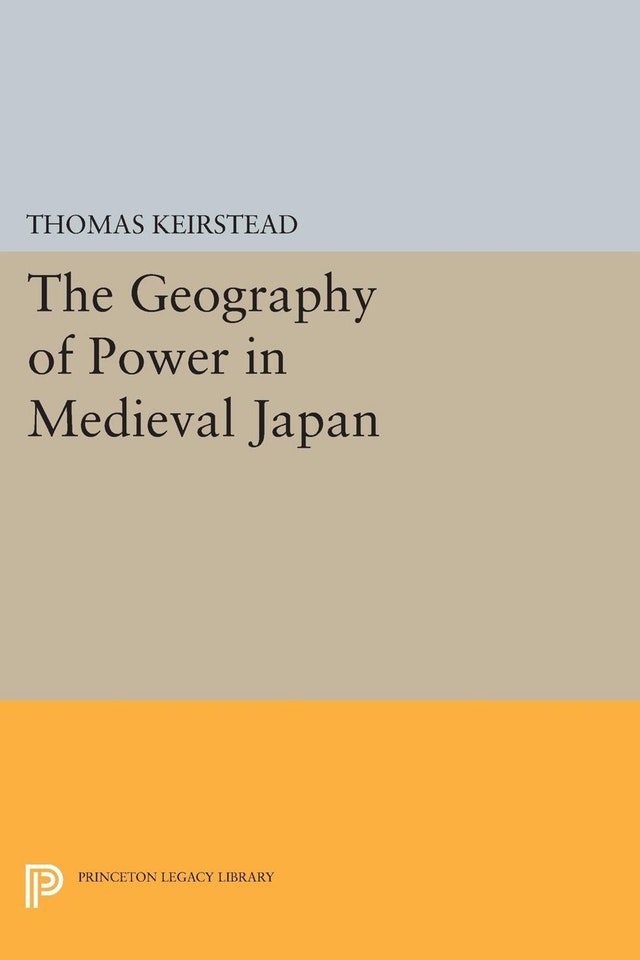In this reevaluation of the estate system, which has long been recognized as the central economic institution of medieval Japan, Thomas Keirstead argues that estates, or shoen, constituted more than a type of landownership. Through an examination of rent rolls, land registers, maps, and other data describing individual estates he reveals a cultural framework, one that produced and shaped meaning for residents and proprietors. Keirstead’s discussion of peasant uprisings shows that the system, however, did not define a stable, closed structure, but was built upon contested terrain. Drawing on the works of Foucault,de Certeau, and Geertz, among others,this book illuminates the presuppositions about space and society that underwrote estate holding. It traces how the system reordered the social and physical landscape, establishing identity for both rulers and subjects. Estate holders, seeking to counter the fluid movement of populations across estate boundaries, pressed into service a social distinction between “peasants” and “wanderers.” Peasant rebels made use of the fiction that the estate comprised a natural community in order to resist proprietorial exactions. In these instances, Keirstead contends, the estate system reveals its governing logic: social and political divisions were articulated in spatial terms; power was exercised (and contested) through geography.
The summary above and the book cover's image on the right are courtesy of Princeton University Press.
Publication Type
- Book



